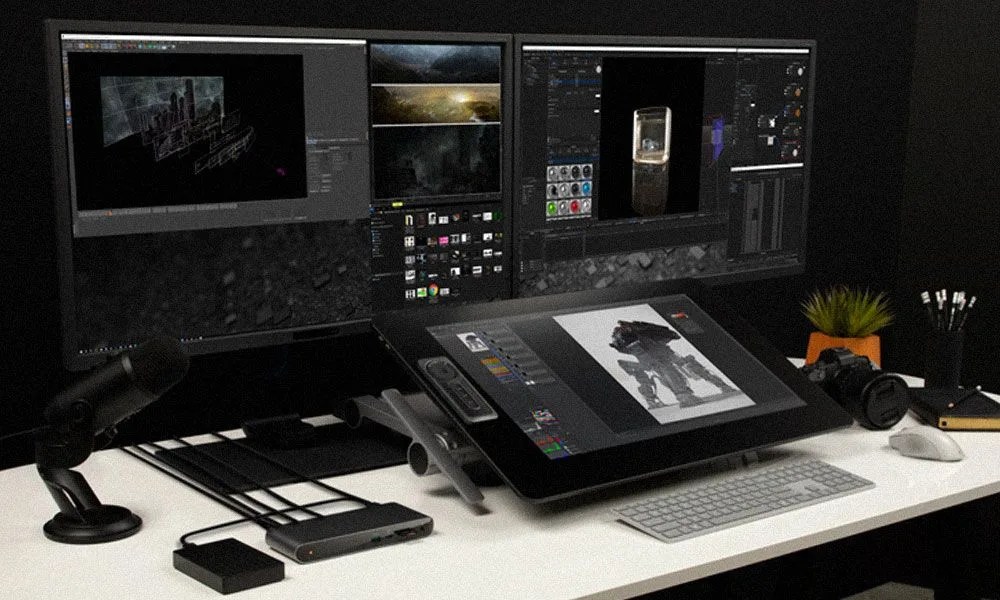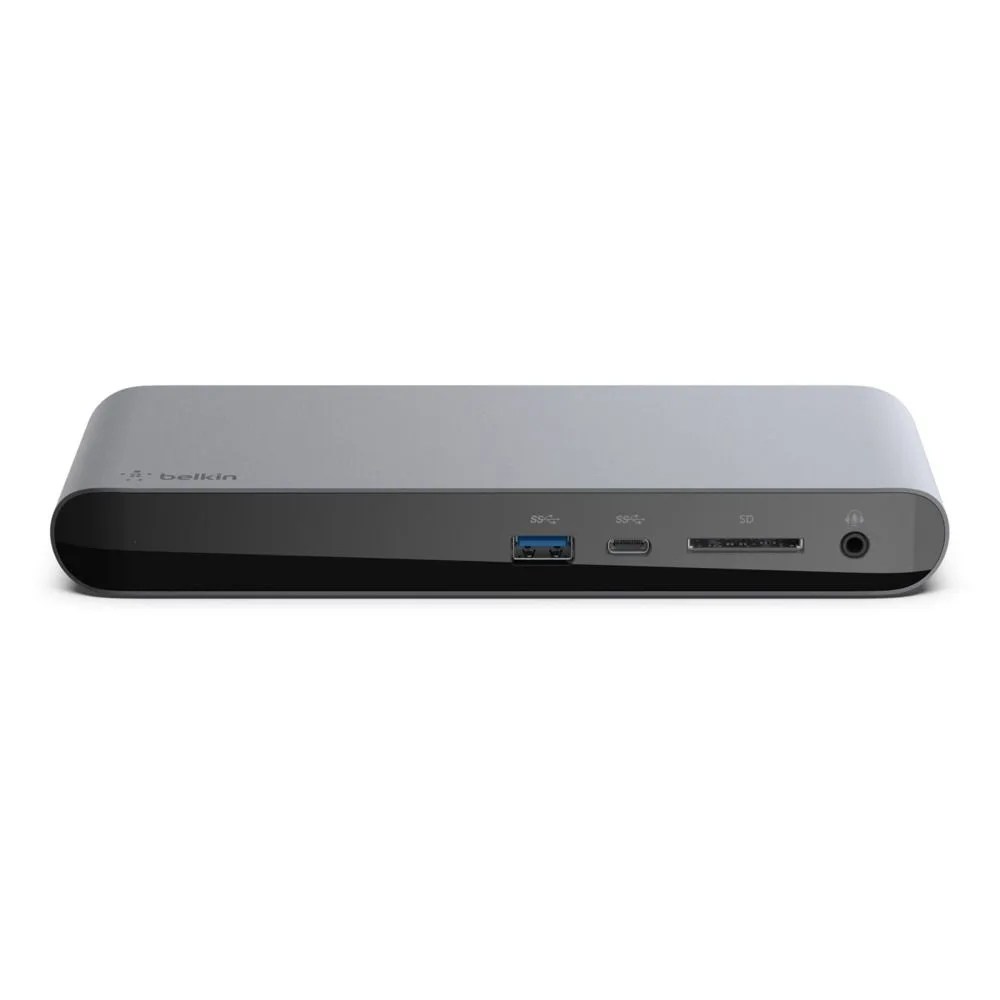So you bought a new laptop like MacBook Pro or a Dell XPS 13, but it only has USB-C ports, meaning you can’t connect a lot of the accessories you’re used to, like a wired mouse, your smartphone (to charge), a micro SD card (from your camera, or a portable hard drive. This is a problem, especially in this work from home environment where we need our laptops to function more like a desktop.
The solution is pretty obvious: get an accessory that can turn one of your laptop’s USB-C ports into many. However, when shopping for one of these laptop accessories, you’ll notice that they vary price — like a lot.
For instance, the HooToo USB-C hub costs around $20, while the Belkin’s docking station, the Thunderbolt 3 Dock Pro, costs $300. Both connect to your laptop via a single USB-C connection and do essentially the same thing — turning one port into many — but they are priced very differently. So, what exactly is the difference?
[composite mediaId=’ee2ffa69-659a-48b1-875e-c3fec2a50965′][/composite]
Beefier hubs require their own power source.
While both of these devices turn one port into more-than-one port, there are major differences between them. A USB-C hub like the HooToo is simply an accessory that plugs into your laptop and expands its number of ports. A docking station, like the Belkin Thunderbolt 3 Dock Pro, does this and then some. To do the “then some,” a docking station like the Thunderbolt 3 needs to be connected to a separate power source other than your laptop (i.e. the wall) to work, and therefore isn’t really designed to be moved.
The docking station’s extra power can be used to do a few things. It can charge peripheral devices, like your smartphone, while also keeping your laptop at 100 percent. It can also be used to transfer data super quickly; for example, a docking station will allow you to be able upload photos and videos to your laptop significantly faster if you were just using a USB-C hub. And it can be used to ultra high-definition monitors.



